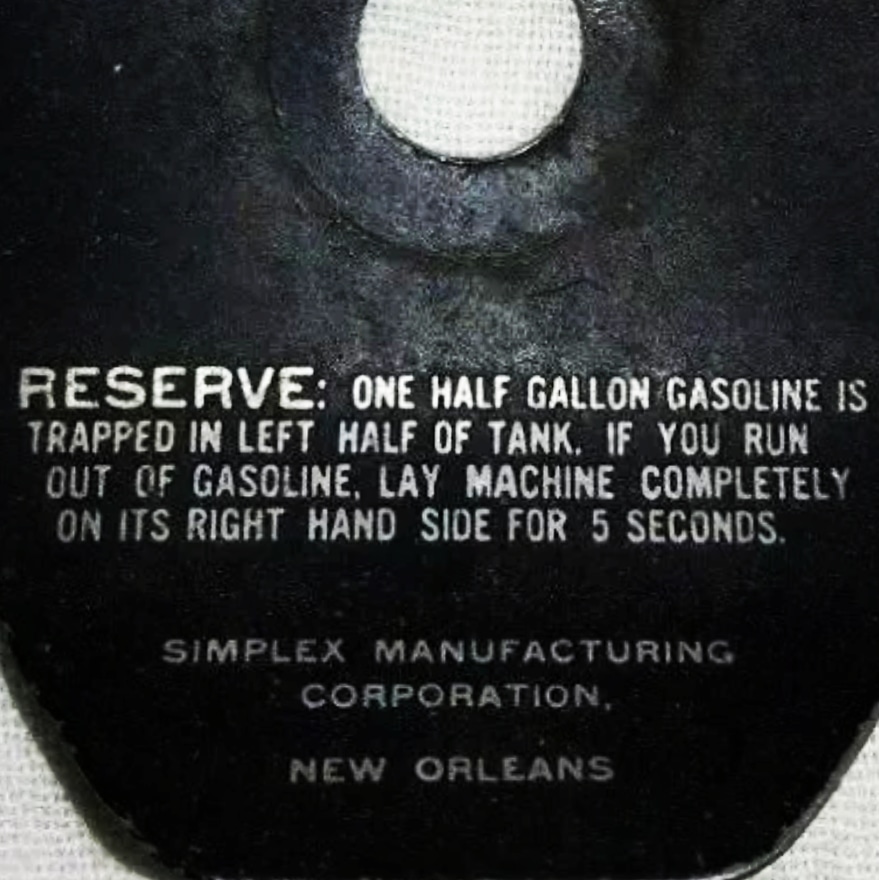Simplex Servi-Cycle
Here at Poet Motors, we have a soft spot for the Simplex Servi-Cycle, and not just because it was made right here in New Orleans. The Servi-Cycle harkens back to a time when “if it’s not broke, don’t fix it” meant something. Production began in 1935 and the last Simplex Automatic off the line in 1960 looked almost exactly the same. Yes, a clutch was added in 1941 and the variable speed automatic was introduced in 1953, but you wouldn’t know it by looking at the lightweight, primitive and reliable machine.
The following is a description of an original 1935 Servi-Cycle:
The Museum's Servi-Cycle, designed by Paul Treen and built by the Simplex Manufacturing Corporation, of New Orleans, Louisiana, features simplicity in every respect. The motor bears the number 19351, indicating that it was built in 1935 and was the first of the series.
The single-cylinder, 2-cycle, 2-horsepower engine is air cooled and equipped with a rotary valve. The tiny carburetor on the back of the motor is controlled by a wire operating from a knob located behind the steering head, and a lever near the right grip operates a compression release.
To start the engine, the operator opens the compression release with his right hand, pushes the cycle to gain speed, then closes the release. A V-belt drive transmits power to the rear wheel. There is no clutch, so the engine must be switched off in stopping. This is accomplished by pressing an electric button, of the type generally used to operate a bicycle horn, located near the left grip. This apparently shorts the low-tension side of the magneto, an Eisemann Model 71L bearing the serial number 2003.
The tires bear the name of the Simplex Manufacturing Company and are marked "26 x 2.250." An ordinary cycle coaster brake, made by Morrow, is operated by a pedal at the left of the engine. The bicycle's stand can be moved up to form a footrest. The gasoline tank is in front of the seat, and the muffler is to the left of the rear wheel. An electric headlamp, mounted on the cycle's spring fork, receives current from the magneto.
That 1935 model is in the Smithsonian Museum! Hopefully soon a Servi-Cycle will join the Poet Motors collection as well.
PS. The reserve fuel procedure for the Simplex Servi-Cycle — just lay the machine completely on its right hand side for five seconds:



